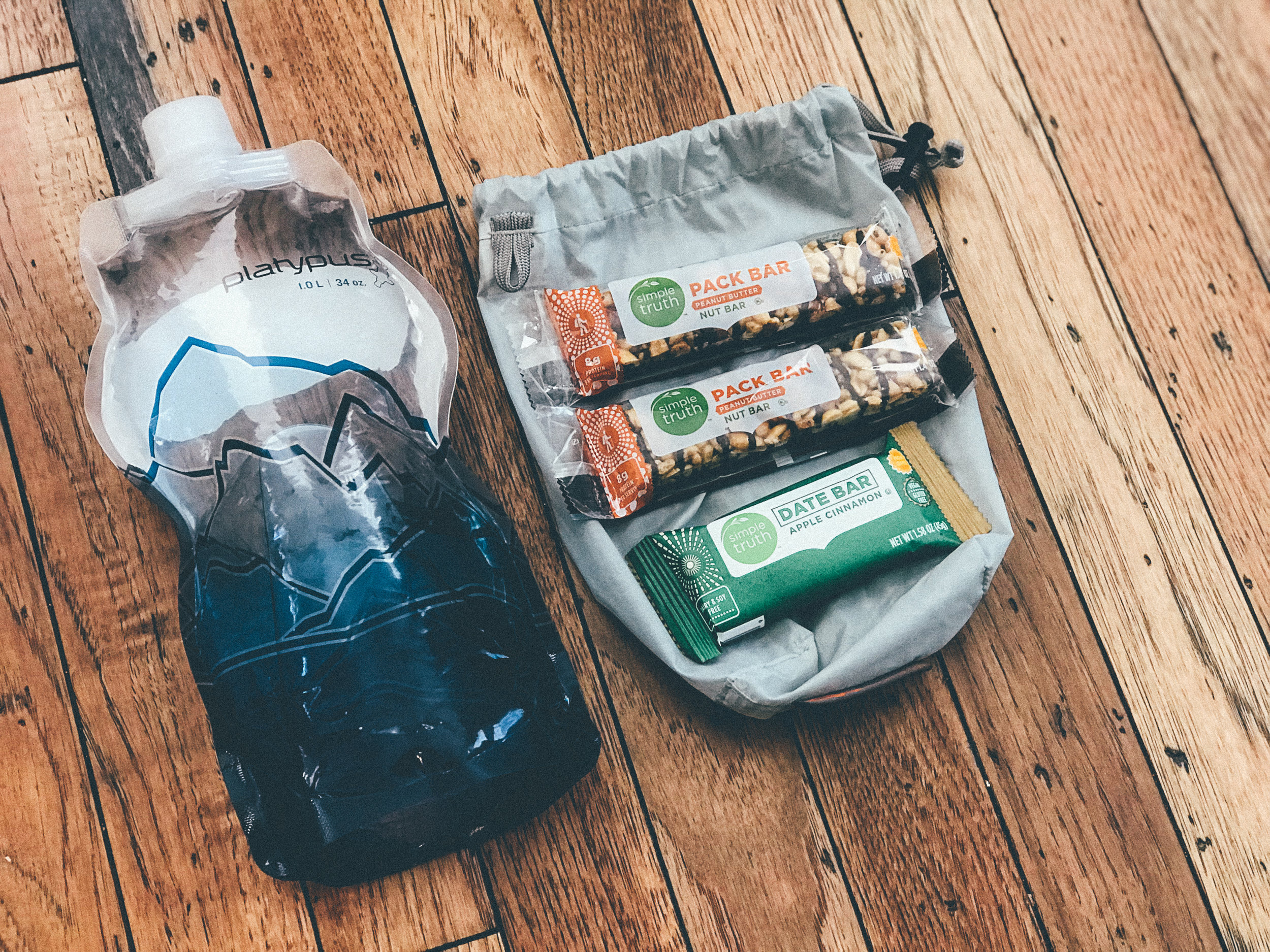Packing for Backcountry
Skiing and Splitboarding
Being intentional in what and how you pack your backcountry backpack, as well as, periodically going through your pack throughout the season; ensures you won't find that half-eaten PB&J while you are looking for your other glove, and makes certain you have what you need for a safe, fun and successful day in the backcountry.
Below is a breakdown of what I generally carry as a guide and a few thoughts on how I pack my bag.
*Please note, there are many different schools of thought on how to pack a pack, not to mention, a lot of different gear to choose from.
This blog post is just how I pack my ski pack and what equipment I use as a professional guide. Talk to your ski partners; what are they doing? Try different methods for packing your own backpack. What works? What needs improvement? Remember, experience is the best teacher!
What To Pack
I have the mindset that what I carry as a backcountry traveler gives me the ability to stay comfortable, safe and handle uncertainty and adversity while I am in the wild snow. Anything can happen in the backcountry, being prepared and having the ability to adapt to an ever-changing environment is paramount. There is however, a balance, you don't want to carry too much either. Think strategically. Strive to have the most amount of tricks with the fewest amount of tools. What items do you have in your pack that serves multiple uses? With bringing the right stuff also comes the responsibility of knowing how and when to use it. Do you know how to use everything you have with you? If you don’t, that's ok, practice. Know how to use everything you carry with you in a non-emergent situation so you are prepared for an emergency—this is important. Now what's in my pack, you ask?
Generally speaking, I divide my gear into two categories;
necessities and seasonal
Backcountry Necessities
I carry the following items with me no matter the day. I may tweak a few things depending on weather, distance, or duration but the 'necessity' items are always in my ski pack. Within the necessity category, I organize into three sub-categories: Rescue & Emergency, Personal Comfort, and Snow Study.
Rescue & Emergency
Avalanche Rescue
• Beacon
• Shovel
• Probe
Make sure your beacon has good batteries, and all components are functioning properly
First Aid Kit
I am continually taking note if I used anything out of my first aid kit that may need to be replaced or restocked.
I also, think about what kind of emergencies I might be dealing with each tour; every outing can pose different threats
I also consider how long I will be out in the field
Repair Kit
• Can you fix your touring rig?
• How about your friends?
Shelter/
Evacuation
• Will we have to wait for help?
• Can we transport an injured person?
• Can we build a fire?
Head Lamp(s)
I carry two
No one ever plans on getting caught out past dark, be prepared
Personal Comfort
Insulation
• A packable synthetic or down jacket
• I tend to vary the weight depending on the temperature
Protection From The Elements
• A weatherproof shell to keep the wind and precipitation off.
• Sun shirt. In the spring, when I may not have a soft or hard shell on I commonly wear a sunproof base layer (I particularly love a hood)
• Buff
• Handwarmers
Gloves, Gloves and More Gloves
Cold and wet hands are no fun, for this reason, I generally have at least two sometimes three pairs of gloves in my pack depending on the tour and the conditions
Food and Water
Bring what you like and what keeps you going.
A little extra is a good thing. Everyone is a bit different here.
I generally carry Bars, PB&J and approximately one litre of water
Snow Study
As a professional, I carry items to help me make snowpack observations as often as needed. I find digging in the snow, checking out layers and tracking the seasons' conditions to be super enjoyable. Anyone adventuring in the backcountry should take an AIARE Level 1 to obtain a basic recreational knowledge of snow observation and safe travel.
Seasonal Items
As winter turns to spring and our objectives drift from soft skiing snow to harder, steeper spring lines, we also need to carry a few more tools. Climbing and skiing spring snow can be super enjoyable but has its own set of skills to learn. Make sure to get the training!
Ski and Foot Crampons
When the going gets steep, put them on your feet.
Your climbing skins may not work as well with hard snow.
Ski crampons can be an excellent tool for steep hard snow conditions.
Piolet’ (Ice Axe) and/or Whipit
For climbing steep snow or arresting a fall in steep terrain
How To Pack
Efficiency also means safety in the mountains. If I can have what I need at a moments grasp I have more time to communicate with partners, make observations, and ensure I am on route. In other words, all that time you took looking for your second glove, you could have been talking with your partner about what you’ve been observing on your tour so far.
How Quickly can you get to emergency items?
Do a deployment drill. Can you get out and deploy your shovel and probe in a matter of seconds? I personally prefer a pack with a dedicated snow tool compartment that is big and easy to get to.
What will you need sooner than later or more frequently?
Items I use all the time I keep on my person or in my pack’s hip belt. (Compass, Scraper, Lip Balm, Sunscreen, Ski Straps, Snacks)
If I know it is going to be super windy above treeline, I will put my hard shell and a heavier pair of gloves at the top of my pack etc.
Over the past few season guiding, I have also started to keep a few small items that I or my customers may need at the top outside pocket of my pack. Ibuprofen, Bandaids, Blister care items, Cotton tape, Glop Stopper.
Planing how my pack is organized has greatly improved the number of times I need to dig things out of the bottom of my pack.
What types of transitions will I be making and when?
If I know I will have a steep snow climb coming up sooner than later I will put my crampons up at the top of my pack or if there is a high probability that I will need something I will make sure it is easier to get to it.
In Conclusion
Packing for Backcountry Skiing and Splitboarding
What we bring with us and how we carry it in our pack can greatly improve your efficiency, as well as, your ability to adapt and improvise as needed. Be intentional with your backcountry backpack. Also, don’t forget to periodically go through your pack throughout the season to insure you have what you need for a safe, fun and successful day in the backcountry.
Learn more about
Guided Backcountry Skiing And Splitboarding with BVMA
#BVMA #BVbackcountry #SkiBV #GoThereStartHere #BuenaVistaCO
















